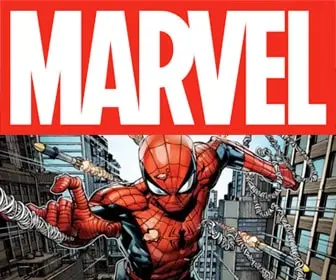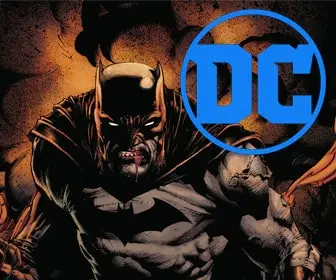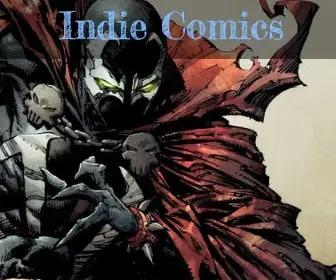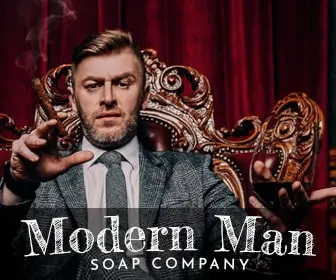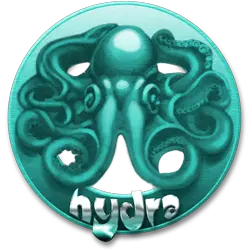
Jim Shooter: The Teen Who Took Over Comics
Jim Shooter is one of the most important people in comic book history. He worked as a writer, editor, and leader for some of the biggest companies in the business. Shooter helped shape Marvel Comics and later started his own company, Valiant Comics. His ideas and leadership helped create some of the most exciting stories in comics.
A Teen with a Dream
Jim Shooter was born in 1951 in Pittsburgh, Pennsylvania. As a young boy, he loved to read comic books. By the time he was 13 years old, he started thinking about writing comics himself. He wanted to create stories that were fun, full of action, and easy to understand.
At just 13, he sent his ideas to DC Comics. To everyone’s surprise, the editors liked his writing. By the time he was 14, he became a professional writer for Legion of Super-Heroes, a popular DC title. He created new characters, wrote exciting plots, and worked with top artists like Curt Swan.
Most kids his age were doing homework or watching TV. Shooter was writing real comic books that fans all over the country read and loved.
Big Changes at Marvel
In the mid-1970s, Jim Shooter moved to Marvel Comics. He first worked as a writer and editor. Then, in 1978, he became the editor-in-chief. At that time, Marvel had many problems. Books shipped late, some stories didn’t make sense, and artists left for other jobs. Shooter wanted to fix that.
He worked hard to make sure each comic came out on time. He gave writers and artists clear directions. He helped teams plan long storylines, which gave readers exciting issues month after month.
While he was in charge, Marvel released some of its best-known stories, including:
- The Dark Phoenix Saga in X-Men
- Days of Future Past also in X-Men
- Demon in a Bottle in Iron Man
- Secret Wars, Marvel’s first big crossover
These stories are still popular today and have even inspired movies and TV shows.
Marvel Super Heroes Secret Wars
One of Shooter’s biggest ideas was Secret Wars. In this story, a powerful being called the Beyonder takes Earth’s heroes and villains to a faraway planet. There, they must fight each other for survival. Heroes like Spider-Man, Captain America, and the Hulk appear in the story. So do villains like Doctor Doom and Magneto.
This comic was Marvel’s first huge crossover event. It ran for 12 issues and became a big hit. It also introduced Spider-Man’s black costume, which later became the villain known as Venom.
Secret Wars proved that big crossover events could sell lots of comics and tell epic stories. Many publishers later copied this style.
A Tough Boss
Jim Shooter cared a lot about quality. He wanted every comic to have a strong story and great art. But some writers and artists thought he was too strict. He often asked people to redo their work if it didn’t meet his standards.
This made him both respected and feared. Some creators felt angry about the rules. Others said Shooter helped them do their best work. Even those who didn’t like his style agreed that he improved the company.
Starting Valiant Comics
In 1987, Marvel let Shooter go. But he didn’t stop working in comics. A few years later, he started his own company: Valiant Comics. Shooter wanted to make comics that were exciting, smart, and easy to follow.
Valiant started with characters like Solar, Man of the Atom and Magnus, Robot Fighter. Soon, the company created new heroes like Bloodshot, X-O Manowar, and Ninjak. These characters became a hit in the 1990s. Valiant comics sold millions of copies. The stories connected in a shared universe, just like Marvel or DC.
Valiant also stood out because its books came out on time and had strong stories. Many fans say the writing was even better than what the big companies offered during that time.
Later Projects
After Valiant, Shooter worked on other comic projects. He launched new companies, like Defiant Comics and Broadway Comics. These didn’t last as long, but they still gave readers creative stories.
He also came back to Marvel years later to write for Legion of Super-Heroes, the team he first worked on as a teen. He also wrote other projects and gave interviews to share his views on the comic book world.
A Legacy That Lasts
Jim Shooter’s story is one of hard work and big dreams. He started as a teenage writer and later led one of the biggest comic book companies in the world. He gave fans classic stories and helped shape many of the characters we know today.
Without Jim Shooter, we might not have events like Secret Wars. Marvel may not have bounced back during tough times. And fans may not have seen strong, connected universes in comics.
Shooter showed that comics can be both fun and smart. He believed in good storytelling and always wanted readers to get their money’s worth.
Denouement
Jim Shooter helped shape modern comic books. He wrote, edited, and created worlds that fans still enjoy today. Whether he worked for DC, Marvel, or Valiant, his goal stayed the same: to tell great stories. His legacy proves that passion, talent, and hard work can make a big impact—even if you start at just 14 years old.




